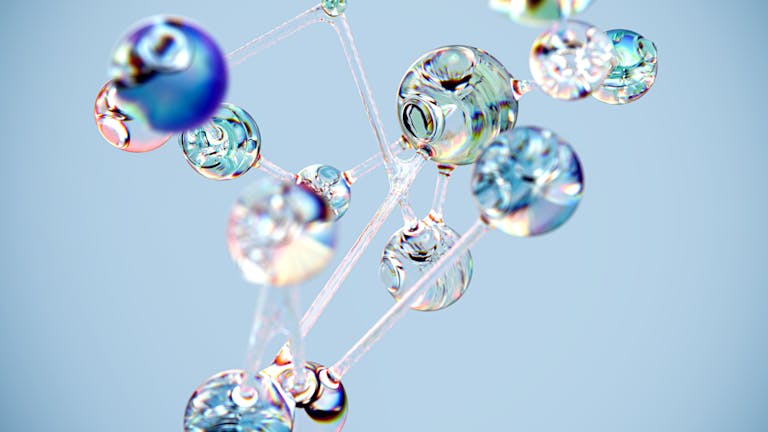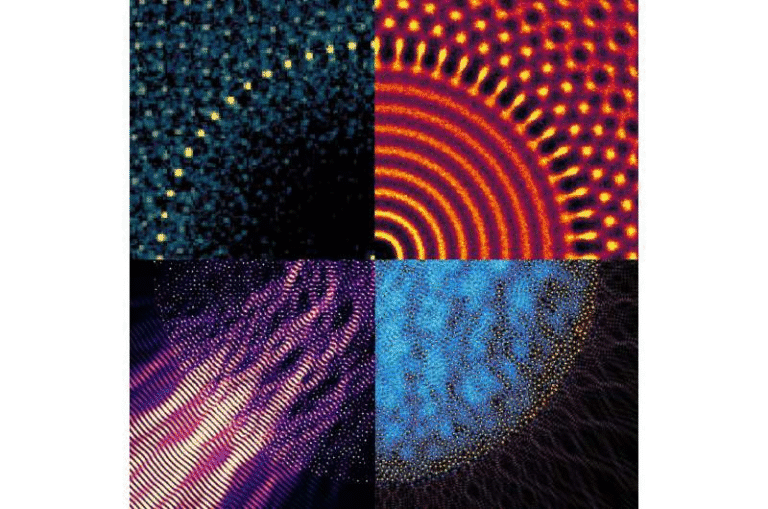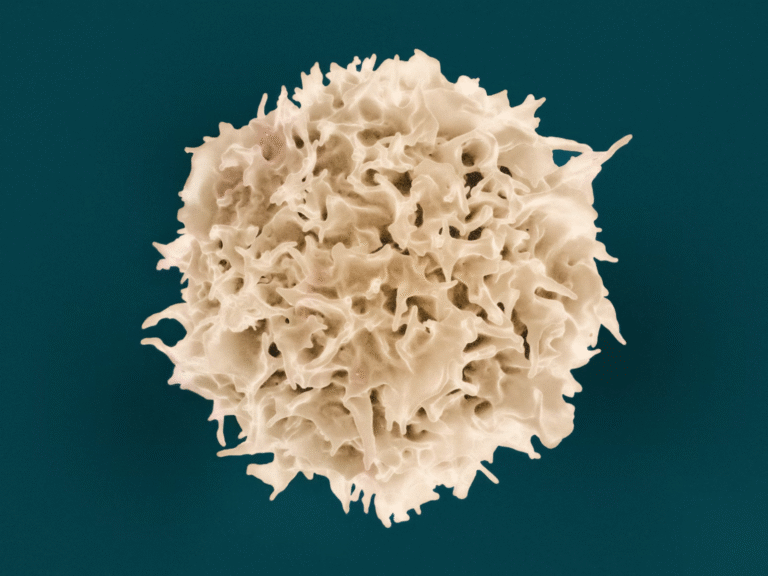Why Ice Is Slippery: Scientists Overturn a 200-Year-Old Theory

For generations, we’ve been told that pressure and friction are the reasons ice is slippery. Think about it — the classic explanation says your body weight presses down through your shoe, melting the surface of the ice just enough to create a slick layer of water.
Simple, right?
Well, a new study from Saarland University in Germany says this long-standing explanation doesn’t quite hold up. Instead, the real culprit lies in something far more fascinating: molecular dipoles.
The Old Story We Learned in School
Back in the 1800s, James Thompson (brother of the famous Lord Kelvin) proposed that pressure and friction — combined with cold temperatures — explain why ice melts underfoot and becomes slippery. His idea stuck and made its way into textbooks, classrooms, and common knowledge. It made sense: more weight equals more pressure, which equals more melting, which equals more sliding. But as it turns out, this story was a bit too neat and tidy.

The New Discovery
Professor Martin Müser and his colleagues, Achraf Atila and Sergey Sukhomlinov, took a closer look at ice and how it interacts with other materials. Using powerful computer simulations, they found that neither pressure nor friction plays much of a role in creating that thin, slippery film on ice. Instead, it’s all about dipole interactions — the tiny electric charges inside molecules that pull and push on one another.
A dipole happens when a molecule has both a slightly positive end and a slightly negative end. Water molecules in ice line up neatly in a crystal structure below freezing. But when something like a shoe sole, a ski, or a skate touches the ice, its dipoles start interfering with the ones in the ice. This neat, orderly structure suddenly becomes messy and unstable. The result? A slippery, almost liquid-like surface layer.
Why This Matters for Everyday Life
The idea that dipoles cause slipperiness is more than just a neat piece of trivia. It means that the very act of stepping on ice disrupts the molecular structure — not because of your weight or body heat, but because of how molecules interact at a microscopic level. The forces between these dipoles can’t quite settle into a stable state, which physicists call “frustrated interactions.” That frustration is what leads to the thin film that makes us lose our footing so easily.
Slippery Even at Extreme Cold
Here’s where it gets even more surprising. Many people (even scientists) believed that skiing below –40°C was impossible because it was too cold for a lubricating film of water to form. The Saarland team’s work showed that this is also a misconception. Dipole interactions continue to work even at extremely low temperatures, meaning a liquid-like film still appears — even close to absolute zero!

Image credit: AG Mueser
Now, before you start planning an expedition to ski on alien planets, there’s a catch. At these extreme temperatures, the film isn’t watery and slick; it’s thicker and more viscous than honey. That means skiing would be practically impossible. Still, the fact that a liquid-like film persists is a major shift in how we understand ice physics.
Why Scientists Are Excited
On the surface (no pun intended), this discovery might not change much for someone who slipped on their driveway this winter. But in the world of physics, it’s a big deal. A 200-year-old explanation has been rethought, giving us a new way of understanding how matter behaves at the molecular level. It could have implications not just for winter sports but also for materials science, engineering, and even designing better footwear.
The study, published in Physical Review Letters, is a reminder that even the most familiar everyday experiences — like slipping on ice — still hold mysteries waiting to be uncovered.





